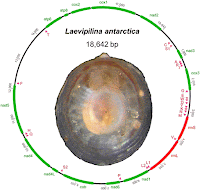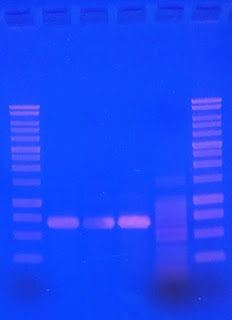Recent creationist comments on Homo naledi

This one's going to be pretty technical. You've been warned. Last year, creationists proposed a bunch of explanations for Homo naledi , with each major organization suggesting something different. My own analysis was published in May, and I concluded that the baraminological analysis supported putting H. naledi in the human holobaramin. In the same issue of JCTSB , O'Micks did a separate baraminology study and found that H. naledi clustered with other members of Homo , so O'Micks concluded that it was probably part of the human holobaramin. Just a few weeks ago, O'Micks published a followup to his original analysis in Answers Research Journal , wherein he did a complete about face. He tried to add postcranial characters to his original analysis. In doing so, he cut his sample of species to just a handful of his original study. O'Micks discovered that his new sample of characters did not show correlation between Homo naledi and other me...






